Table of Contents
Introduction
In recent years, cannabis concentrates and “dabbing” have become popular ways to experience potent, fast-acting effects—but they can be intimidating to newcomers. With names like wax, shatter, rosin, and crumble, it’s easy to feel overwhelmed. And with THC concentrations often exceeding 70–90%, one small dab can feel worlds apart from smoking flower.
This beginner’s guide breaks it down simply. We’ll explain what concentrates are, the different types available, what dabbing actually means, and how to use this form of cannabis in a safe, mindful, and enjoyable way. You’ll also learn about dosing, tools, and why vaporization—especially at low temperatures—matters more than ever when working with extracts.
Let’s start with the basics: what exactly are cannabis concentrates?
What Are Cannabis Concentrates?
Cannabis concentrates are highly potent extracts that isolate the most desirable parts of the cannabis plant—namely cannabinoids like THC and CBD, and aromatic compounds called terpenes. By removing excess plant material, concentrates deliver stronger effects, richer flavor, and quicker onset in smaller doses.
Concentrates are made using a variety of extraction techniques, which affect texture, potency, purity, and safety. Some use solvents like butane or CO₂, while others (like rosin) are solventless and extracted with only heat and pressure.
Why Use Concentrates?
- More THC per dose (often 3–5x stronger than flower)
- Stronger flavor from preserved terpenes
- Faster onset, often within seconds when inhaled
- Ideal for experienced users or medical patients with high tolerance
While potent and effective, concentrates require more care with dosing, temperature, and technique—especially for beginners. That’s where this guide comes in.
Types of Concentrates Explained
There are many types of cannabis extracts. They differ in texture, production method, and how they’re consumed. Here are the most common categories:
1. Wax
Soft, sticky extract with a honeycomb or peanut butter-like consistency. Easy to scoop and dab. Made with solvents like butane (BHO).
2. Shatter
Hard, glass-like extract that “shatters” when broken. Clean and potent, but tricky to dose precisely.
3. Budder / Badder
Whipped wax with a creamy, spreadable texture. Easier to handle and popular for flavor chasers.
4. Live Resin
Made from fresh-frozen plants to preserve terpenes. Extremely flavorful and aromatic. Requires cold storage.
5. Rosin
Solventless extract made using only heat and pressure. Often seen as the cleanest option—ideal for purity-focused users.
6. Crumble
Drier, fragile texture that “crumbles” when touched. Less sticky, easier to handle. Potent and shelf-stable.
Each type of concentrate has its pros and cons. Your choice may depend on personal preference, potency needs, ease of use, and whether you prefer solvent-based or solventless products.
What Is Dabbing?
Dabbing is a method of consuming cannabis concentrates by vaporizing a small amount (a “dab”) on a heated surface—usually a nail or banger—then inhaling the vapor through a rig. It delivers rapid, potent effects and is popular for its efficiency, flavor, and strong cannabinoid delivery.
Dabbing gets its name from the tiny amount required. Just a rice-grain-sized piece of wax or shatter can deliver 30–90% THC, making it much stronger than smoking flower.
Key Features of Dabbing:
- Fast onset—effects felt within seconds
- High potency—concentrates are much stronger than flower
- Full terpene experience—especially at low temperatures
- Requires specialized gear and technique
While dabbing can be intimidating at first, understanding the right equipment and starting with small doses makes it accessible and enjoyable even for beginners.
Beginner-Friendly Tools for Dabbing
Dabbing setups can be simple or complex. Here’s what you’ll typically need, along with beginner-friendly alternatives:
Basic Dabbing Setup:
- Dab Rig: A small water pipe designed for concentrates, similar to a bong
- Nail or Banger: The part you heat—usually quartz, titanium, or ceramic
- Torch: Used to heat the nail/banger to vaporization temperature (usually butane-powered)
- Dabber Tool: A metal or glass wand used to place the concentrate on the hot surface
- Carb Cap: Covers the banger to retain heat and improve vaporization
Beginner-Friendly Alternatives:
- E-rigs: Electric rigs like the Puffco Peak or Dr. Dabber Boost offer precise temps without a torch
- Dab pens: Portable vaporizers designed specifically for concentrates—great for travel and discreet use
- Hybrid vaporizers: Some devices (like the Vapman or Lotus with concentrates adapter) allow for gentle concentrate use with low-temp control
If you're new, start with an electric device or low-temp vaporizer. They offer a gentler introduction without the steep learning curve of torches and rigs.
How to Dab Step-by-Step
If you’re ready to try dabbing, follow these steps to ensure a safe, smooth, and satisfying session. Remember: start with a tiny amount (the size of a grain of rice or smaller) and always prioritize temperature control.
Step-by-Step Dabbing Guide:
- Prepare your rig: Fill the dab rig with just enough water to filter vapor. Attach your clean nail or banger.
- Heat the nail: Use a torch to heat the nail or banger until it glows (for quartz, ~20–30 seconds). Let it cool for 30–45 seconds to reach optimal temp (~300–400°F).
- Load the dab: Using your dab tool, place a small amount of concentrate inside the hot banger while gently inhaling through the mouthpiece.
- Cap the banger: Use a carb cap to trap heat and improve vapor production. Continue inhaling slowly and steadily.
- Exhale: Slowly release the vapor. Effects are usually felt within seconds to a minute.
- Clean your gear: Wipe residue from the banger with a cotton swab after use. This preserves flavor and prevents buildup.
Pro tip: Keep a timer nearby so you don’t overheat or undercool your nail—temperature is key to a clean dab.
Why Low Temperature Matters
Temperature control is the most important factor in a safe and flavorful dab. High temps can destroy terpenes, produce harsh vapor, and even create harmful byproducts. Low-temp dabbing (between 315°F and 450°F / 157°C–232°C) ensures smoother hits, better taste, and cleaner effects.
Benefits of Low-Temp Dabs:
- Preserves terpenes: Maximizes flavor and therapeutic value
- Gentler on lungs: Less heat means less irritation and coughing
- More balanced high: Cleaner cannabinoid activation with less rush and crash
- Cleaner equipment: Less carbon buildup and residue
Devices like e-rigs or manual vaporizers (such as the Vapman and Lotus) offer better temperature control and smoother experiences—especially for microdosing or terpene-rich extracts like live rosin.
Dosing, Safety & Common Risks
Dabbing is not for everyone—especially beginners or those with low THC tolerance. The high potency of concentrates means a tiny amount goes a long way. Understanding how to dose carefully and what risks to watch for is crucial.
Recommended Starting Dose:
- Start with a dab no larger than a grain of rice
- Use low-temperature dabbing (315–400 °F / 157–204 °C) to avoid harsh effects.
- Wait 15–30 minutes before considering another dab
Common Side Effects of Dabbing:
- Intense high or over-intoxication
- Paranoia or anxiety (especially with high-THC extracts)
- Dry mouth and dry eyes
- Strong body sensations or dizziness
- Coughing fits from improper temperature or technique
Because dabs are so concentrated, new users are more likely to overdo it. Always start low, go slow, and have water, snacks, and a calm environment nearby.
Long-Term Considerations:
- Higher tolerance and quicker dependency potential than with flower
- Possible respiratory irritation with repeated hot dabbing
- Importance of clean, tested concentrates to avoid residual solvents or pesticides
Dabbing vs. Vaporizing: Which to Choose?
Both dabbing and vaporizing deliver cannabinoids without combustion—but they differ in potency, ritual, and accessibility. Here’s how they compare:
Dabbing:
- Highly potent, fast-acting, and efficient
- Best suited for experienced users or high-tolerance patients
- Requires special equipment and setup (rigs, bangers, torches)
- More risk of overconsumption or harsh hits
Vaporizing (with flower or low-dose extracts):
- Gentler, more controllable experience—ideal for daily use or beginners
- Lower temperature and cleaner inhalation
- Devices like the Vapman or Lotus allow you to microdose with high flavor and full control
- More affordable and portable than full dab setups
If you’re new to concentrates, vaporizing with a concentrate adapter or rosin-friendly device is often the best way to explore—one smooth breath at a time.
Conclusion
Dabbing opens the door to powerful, flavorful, and efficient cannabis experiences—but it also requires care, knowledge, and the right tools. For beginners, it’s essential to start slow, understand temperature control, and use only clean, tested concentrates from trusted sources.
While dabbing offers intense potency, vaporizing may be the more approachable path for most people—especially those who value ritual, flavor, and mindfulness over sheer strength. Tools like the Vapman and Lotus offer low-temp inhalation and full control, making them perfect for exploring concentrates with elegance and intention.
Whatever path you choose, respect the plant—and your limits. Dabbing doesn’t have to be extreme. It can be clean, conscious, and crafted for clarity, not chaos. One breath at a time.
About the Author

Author: Michael Mussner, Founder of INHALE Vaporizers
Michael is a passionate vaporizer designer and entrepreneur from South Tyrol, driven by craftsmanship, sustainability, and the mindful use of natural herbs. With a background in product innovation and a love for analog technology, he founded INHALE to revive flame-powered vaporizers like the Vapman and Lotus. Every product he creates is deeply rooted in authenticity, simplicity, and a respect for nature.
Questions? Contact us here or email support@nowinhale.com.



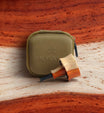

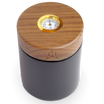
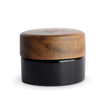


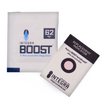


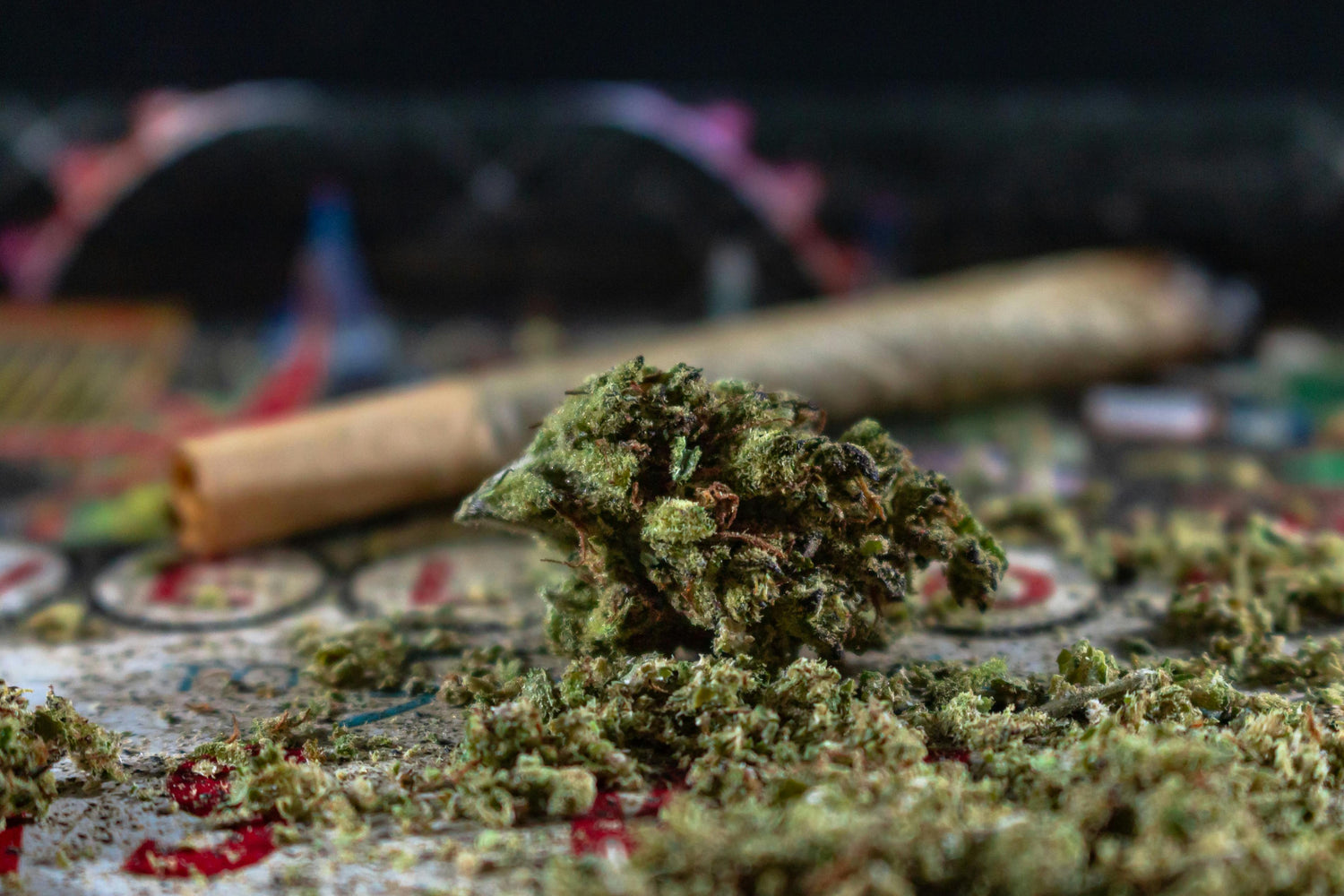
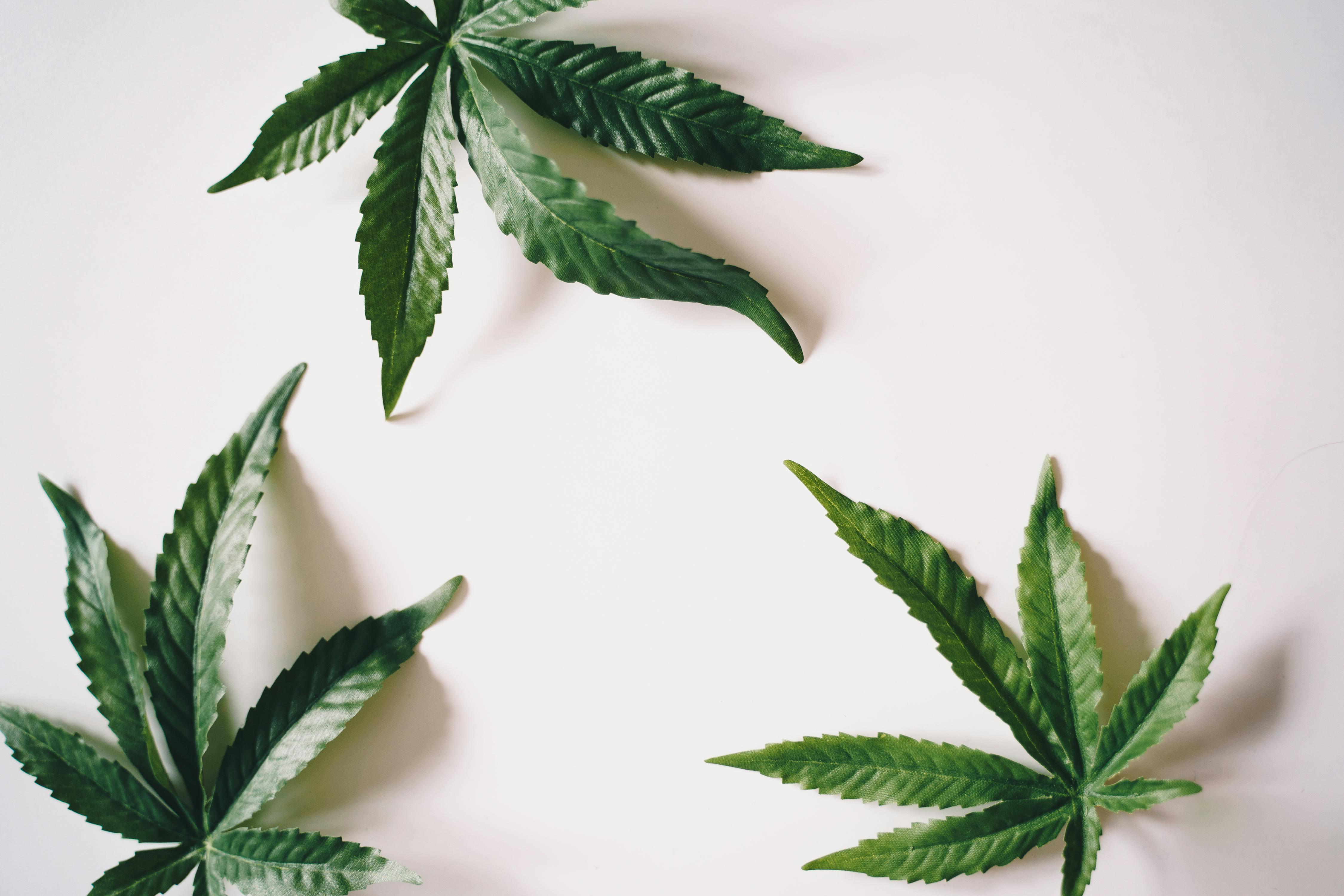
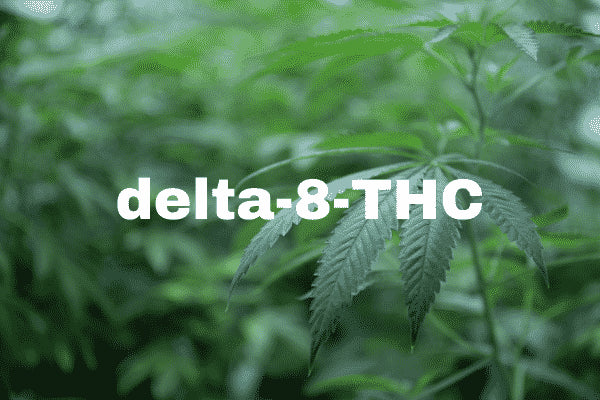


Leave a comment
All comments are moderated before being published.
This site is protected by hCaptcha and the hCaptcha Privacy Policy and Terms of Service apply.